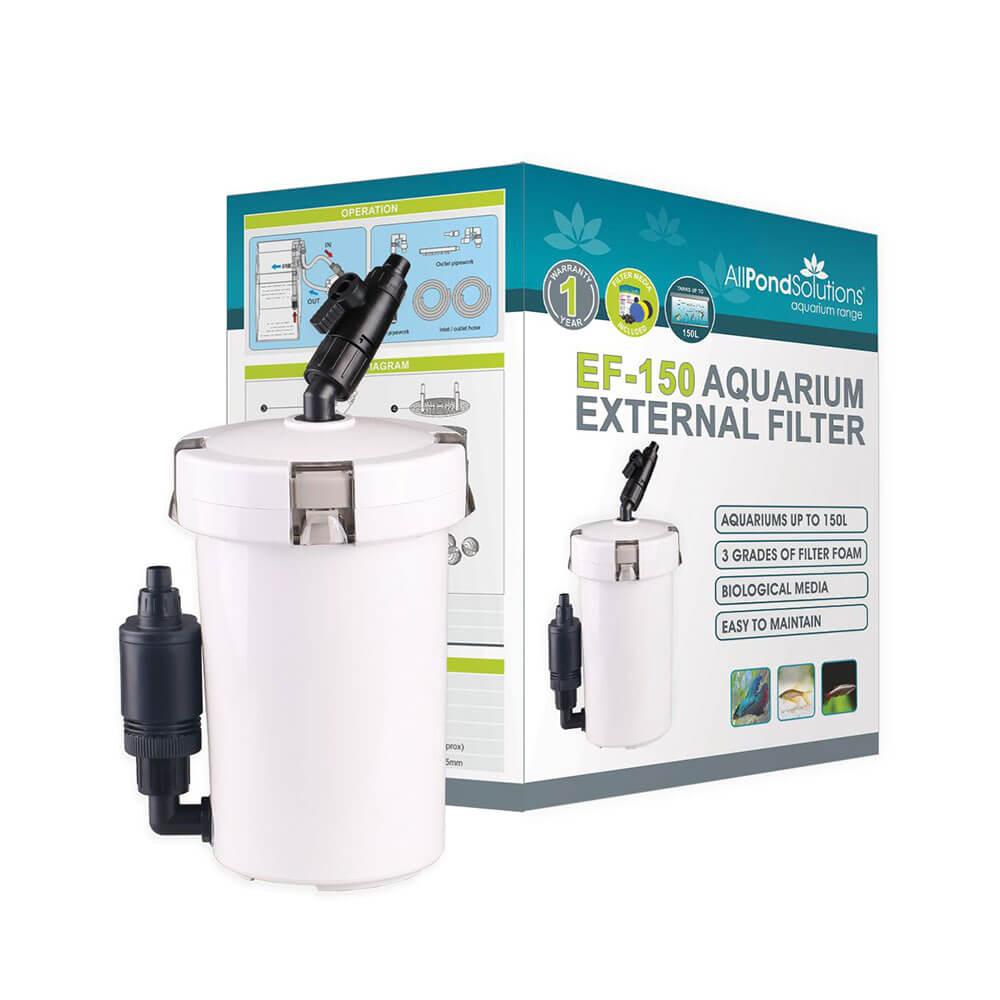Understanding Chemical and Biological Media Filtration
What is biological filtration?
Biological filters allow bacteria to breed and break down waste. Bio filtration is bacteria in the tank breaking down ammonia, turning it to nitrites, and then to nitrates. Not only bio media remove harmful bacteria and ammonia from your water, it retains good bacteria that keep your livestock and plants healthy.
In aquatic filtration systems, biological media tends to come in the form of ceramic balls, bio balls, Japanese matting and filter foams.
What is chemical filtration?
Activated carbon is one of the most commonly used media for chemical filtration. It is used to remove organic waste that is produced by your fish and pollutants that get into your water. The resulting carbon becomes porous and is filled with millions of micropores, giving it a massive surface area. As water flows over its surface the carbon absorbs the dissolved pollutants, making the pond water much healthier.
Whilst activated carbon is good for removing bad bacteria, it has no effect on ammonia, nitrite and nitrate which is why filters catered for large aquariums or ponds tend to use a mix of biological and chemical filtration for the best results.
Which types of filters use both bio media and chemical media?
All of our internal and external aquarium and pond filters contain foams as these form a key part of the filtration system when it comes to breaking down waste. But, some filters vary as to which media they use and how many types of media.
Aquarium Filter
External filters, such as the 1000EF+ use a combination of both media to ensure that tank water is kept healthy and clean, whilst retaining all of the good bacteria needed for a functioning set up.
Pond Filter
Chemical filtration is more suited to aquariums rather than ponds. Due to ponds following more of a natural cycle rather than one that is set up, filters use biological filtration only, but some are supported by UV clarifiers. Some compact all-in-one pond systems will come with biological media such as our CUP-311 and the large koi pond filters come complete with foams, filter media and chemical media.
How often should I clean and replace filter media?
There are varying opinions as to when you should clean and if you should replace filter media. Each aquarium or pond will need different attention based on how many fish are kept in there, how much waste they produce, the weather and time of year. It is best to keep an eye on your own filter and to assess how much dirt is collecting, and then to decide how often you need to do this.
Many aquarium keepers rinse their filter sponges when undergoing a water change, others will wait 2-3 weeks and then rinse their sponges only when they need washing. Pond keepers are the same, some pond owners will rinse them weekly when checking their equipment and undergoing maintenance. However, no matter how often you clean the sponges, it is vital that you do not wash them in tap water and use your pond or aquarium water to retain the good bacteria so you do not need to cycle your water again.
In regards to replacing filter media, this should only be done when you feel that it is absolutely necessary. You might notice that your media is looking very dirty or damaged, or that your pond filter is not performing to its best ability.
If you do need to clean your filter media or replace it, we suggest adding some bacteria balls for pond or bacteria balls for aquariums to encourage the growth of good bacteria back in your water.
